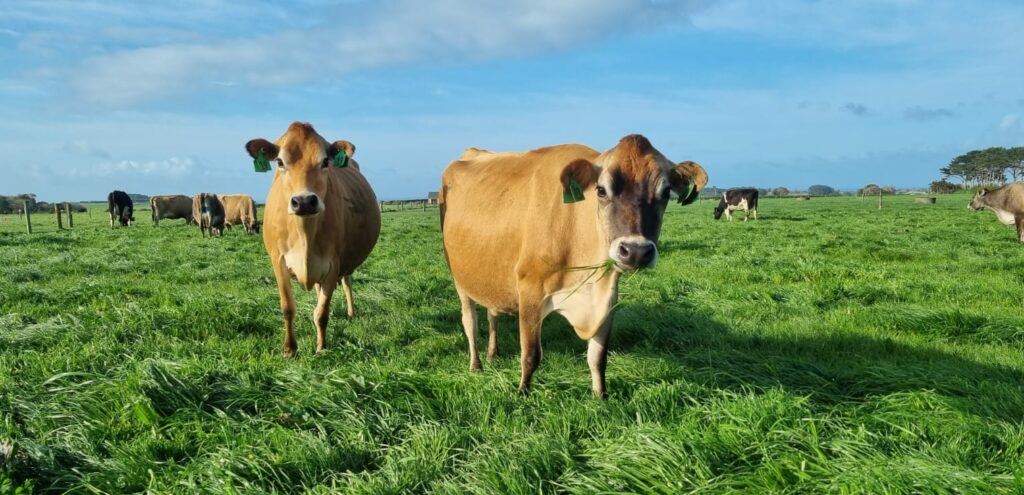24 Oct Throwback Thursday
It is time for Throwback Thursday and another science gem from the 90’s related to deferred grazing.
Many older farmers will remember the very tough times brought about by the deregulation of agriculture in the early 1980’s. Many businesses became non-viable and many farming families left the industry. At TARS (Taranaki Agricultural Research Station) in Normanby, conservation (hay and silage) was identified as a major on-farm cost (18% at the time). A 3 year farmlet trial and various plot trials were set up to investigate ‘deferred grazing’ as a cheap (no cost) alternative to manage surplus pasture in spring.
The method developed for the trial was to shut surplus paddocks (usually in October/November), leave the pasture in-situ, allowing it to re-seed over early summer and then graze in February/March according to cow feed requirements. The deferred pasture was strip grazed (like a crop) during the day based on an allowance of 10 kg DM/cow/day. This allowed cows to selectively graze the green matter (a lot of clover) and leave the dead matter behind. Cows grazed normal pasture at night minimizing effects on milk production. Generally, by the end of winter the high residual mass of dead matter had all but disappeared.
Some results (at 3.7 cows/ha):

It was concluded that using deferred grazing as an alternative to traditional conservation methods at 3.7 cows/ha could achieve improved milk production and significant savings in on-farm costs. Currently deferred grazing is being investigated again in the hill country and early results are showing that deferred grazed pasture roots are being measured down to 700mm in the soil profile. So deferred grazing may also have a role to play in improving our soils.
To read the full scientific paper on this trial work click on the link below:
https://www.nzgajournal.org.nz/index.php/ProNZGA/article/view/1996/1624




